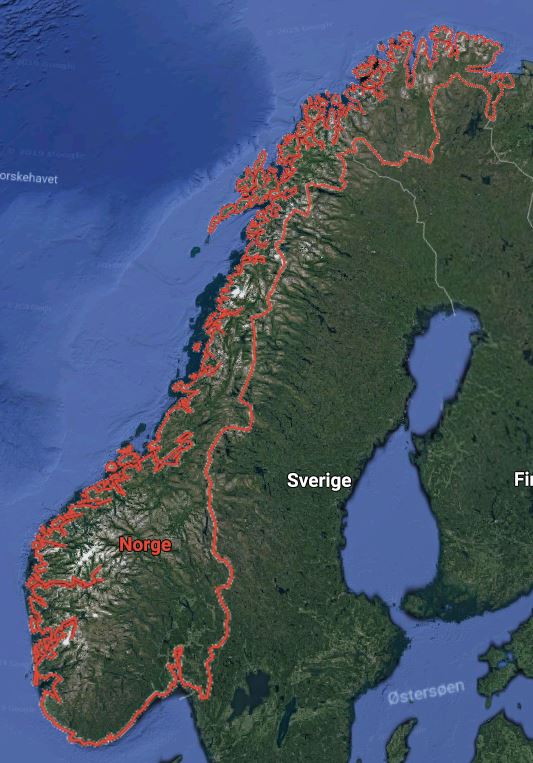Magnus Karlsson Lejonbalk*
- Født: 1250, Östergötland, Sverige
- Ægteskab (1): Ragnhild Ragvaldsdotter*
- Død: 1315, Norge i en alder af 65 år
Notater:
Magnus Karlsson (Lejonbalk) liv
http://www.adelsvapen.com/genealogi/Lejonbalk
(Ridder) Magnus Knutsen. See Definition of Ridder below at bottom.
Ridder Magnus Knutsen was ridder in 1286. He died after 1286.
Cecilia Røreksdtr Grejo married Lagmann Knud Magnussen, son of ridder Magnus Knutsen.
Definition of Ridder
Ridder (Dutch - "knight") is a noble title in the Netherlands and Belgium. The collective term for its holders in a certain locality is the Ridderschap (e.g. Ridderschap van Holland, Ridderschap van Friesland, etc). In the Netherlands and Belgium no female equivalent exists. It is placed between the first name(s) and the family name (as "ridder" not "Ridder", as in Dutch titles are written in lower case, which in this case also avoids confusion between the family name and the title).
* Family: ridder van Rappard.
* Family: ridder Huyssen van Kattendijke.
* Family: ridder de van der Schueren.
The title Ridder descends in two ways: "op allen" (to all - i.e. every descendant, male or female, in the male line, is entitled to the title) and "met het recht op eerstgeboorte" (with the right of the first-born - i.e. descent by Salic law, i.e. the eldest male descendant of the title's first bearer may take the title, but not the others).
Ridder is a literal translation of Latin Eques and originally meant "horseman" or "rider".
Ridderschap as an executive and legislative assembly:
Before 1814, the history of nobility is separate for each of the eleven provinces that make up the Kingdom of the Netherlands. In each of these, there were in the early Middle Ages a number of feudal lords who often were just as powerful, and sometimes more so than the rulers themselves. In old times, no other title existed but that of knight. In the middle of the fourteenth century, quarrels between the feudal lords reduced many families and castles to ruins, which contributed to the Dukes of Burgundy's acquisition by conquest or inheritance of many of the provinces forming the Kingdom of the Netherlands. In 1581, Philip II of Spain, heir of the Dukes of Burgundy was abjured by representatives of the Seven Provinces, which left a great part of the executive and legislative power to the Ridderschap of each province, which consisted of the representatives of those families of the old feudal nobility. In 1798, the revolution did away with their power, and it was not before 1814, when William of Orange became King of the Netherlands that they were again appointed in another form, but by the time of the constitution of 1848, they had no influence in government affairs. In 1814, if no higher title was recognised, the men only were to bear the hereditary predicate of Jonkheer. The old feudal families obtained the title of Baron or Baroness for all their descendants.
yderligere gift, 5 ekstra børn med hende
Begivenheder i hans liv:

1. Bopæl, 1250, Östergötland, Sverige.
2. Beskæftigelse: Lagman i Tiohrad, ca 1300 til ca 1304-1313.
Riddare

3. Bopæl, 1315, Norge.
Magnus blev gift med Ragnhild Ragvaldsdotter*. (Ragnhild Ragvaldsdotter* blev født i 1266 i Östergötland, Sverige og døde i 1334 i Linköping, Sverige.)
|

